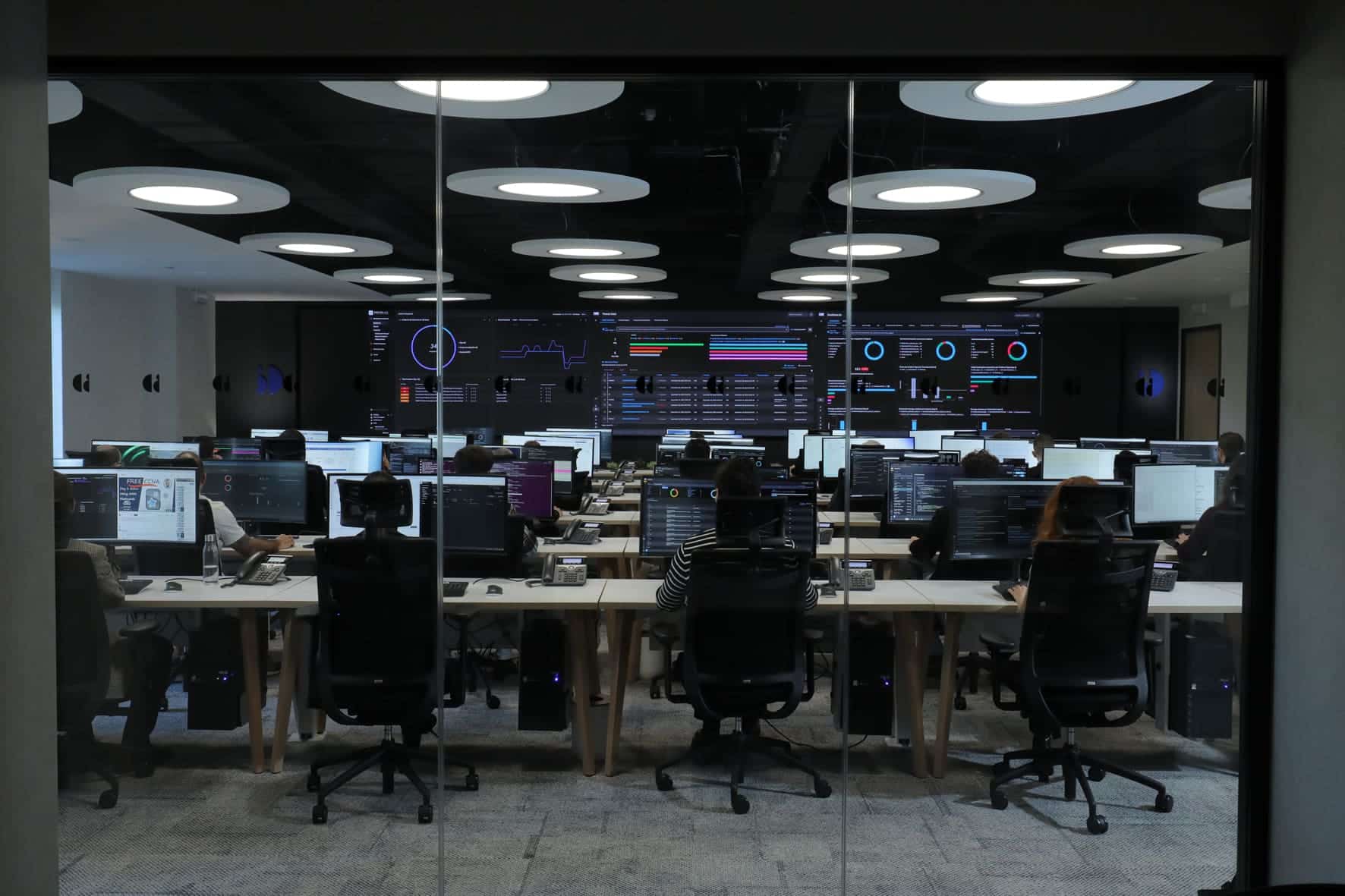The leading AI-driven security operations platform, Anomali, has recently released its report “Cybersecurity Priorities 2024”, unveiling key insights into the current cybersecurity landscape. According to the report, 47% of surveyed professionals indicate that their Security Operations Centers (SOCs) do not provide adequate visibility of the infrastructure, a crucial aspect for detecting and responding to malicious activities. Furthermore, 87% of respondents wish to see multiple technologies consolidated into a single platform to enhance the workflow of security analysts.
This study, which included 150 high-level professionals such as CISOs and their management teams, reflects a clear concern about the risk of failure in single-point solutions, with 61% of professionals worried about this aspect. The consolidation of technology stacks has emerged as a priority for these leaders, who seek to be more discerning about what they are getting and what they can do to professionalize their security investments.
The report also underscores the belief in the potential of artificial intelligence and automation technologies to handle the complexities of modern security operations. Security analysts estimate that up to 57% of their daily tasks could be automated, while 76% believe that AI technology will enable faster threat detection and enhance personal productivity data.
Christian Karam, former CISO of UBS and current senior advisor at Anomali, commented on the immense potential of AI for security professionals, while also highlighting the challenges it presents, including empowering both defensive and adversarial capabilities. By 2024, security leaders are called to reassess their defense strategies and transition to more dynamic and adaptable technologies, also increasing the capabilities of their security teams.
Anomali’s “Cybersecurity Priorities 2024” report emphasizes the urgency of adapting and consolidating tools and technologies in the cybersecurity field to effectively tackle emerging threats and improve incident management and response in an increasingly digital and connected environment.

